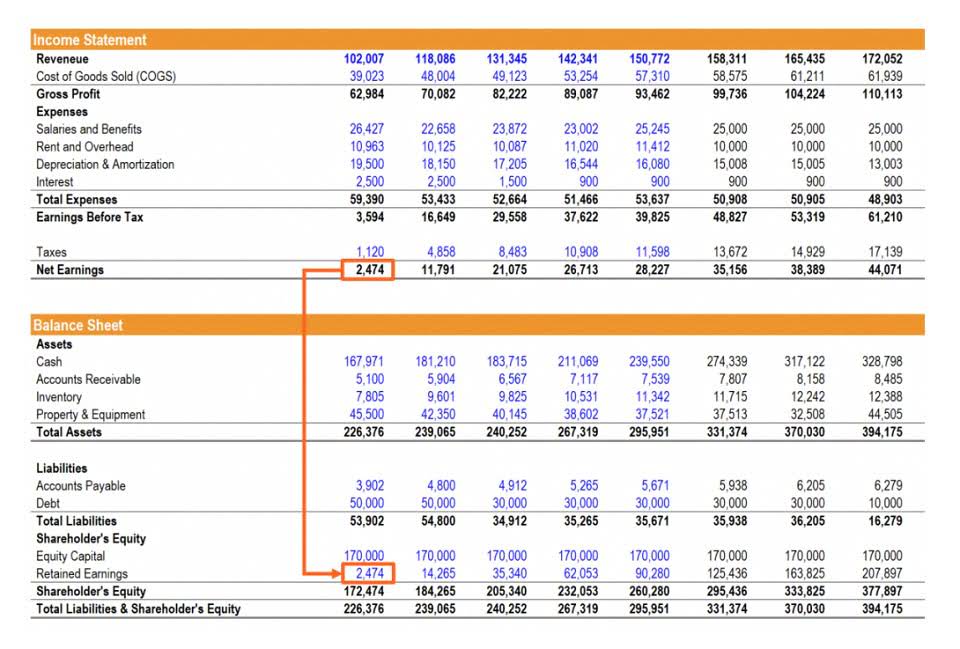This involves analyzing market trends, assessing competitive landscapes, and identifying growth opportunities. The COO must ensure that the operational framework supports the strategic vision of the organization. The COO plays a pivotal role in bridging the gap between various departments and ensuring that the organization operates cohesively. This requires strong communication skills, the ability to manage cross-functional teams, and a deep understanding of the company’s goals and objectives. The future of the COO role is characterized by a dynamic interplay of emerging technologies, evolving skill sets, and the impact of globalization and remote work. As organizations navigate these changes, COOs will be at the forefront of driving operational excellence and strategic transformation.
Most COOs hold at least a bachelor’s degree in fields such as business administration, management, finance, or a related discipline. However, many also pursue advanced degrees, such as a Master of Business Administration (MBA), which chief operating officer definition can significantly enhance their qualifications and understanding of complex business environments. In addition to general management skills, a COO must possess technical knowledge relevant to their industry.
- The best COOs will adapt their communication styles based on each individual team member’s needs.
- For example, a COO in a manufacturing company might implement IoT (Internet of Things) technologies to monitor equipment performance in real-time, reducing downtime and optimizing production schedules.
- The role of the COO is multifaceted and requires a unique blend of skills and traits.
- By doing so, the company can reduce excess inventory, minimize stockouts, and ultimately improve customer satisfaction.
- They are approachable and supportive, creating an environment where employees feel valued and empowered.
Balancing Short-Term and Long-Term Goals
The COO must also focus on risk management, ensuring that the organization has robust systems in place to identify and mitigate potential risks. In today’s rapidly changing business environment, the COO must also focus on technology and innovation. This involves implementing new technologies and driving innovation throughout the organization. This includes forecasting expenses, allocating resources, and monitoring financial performance against the budget.
Manufacturing
- Many COOs also gain experience in various sectors or industries, which can provide a broader perspective on operational challenges and best practices.
- No one else in the company, save for perhaps the CEO, knows how the business runs and how to make it better.
- By leveraging financial data, the COO can make informed decisions that enhance profitability and support the company’s growth strategy.
- Discover the basics for framing your project and ensuring that all stakeholders meet your objectives and understand your needs.
- Additionally, they must be approachable and open to feedback from employees, creating a culture where everyone feels valued and heard.
- Initially, the position emerged in the mid-20th century as companies began to grow in size and complexity.
Initially, the position emerged in the mid-20th century as companies began to grow in size and complexity. The need for a dedicated executive to manage operations became apparent as businesses expanded their reach and diversified their offerings. It varies according to length of service with the company, scope of responsibilities, experience and type of organization. However, a degree is not enough, as several years’ experience are needed to take on this role to perfection. Only a senior profile can be equipped with the range of cross-functional skills, and that strategic vision expected of the COO.
Chief Executive Officers are effective project managers with an ability to prioritize, delegate, and execute conflicting deadlines and tasks. With an ability to connect with others and inspire change and improvements, COOs are great public speakers. One of the most important things is that the COO should have information about each department of the firm. This ensures that he can communicate properly with every department and can understand if they’re facing any hassles in the completion of their work. This ensures a smooth flow of performance so that the people can perform at their maximum efficiency and that they are also incorporated into the firm’s vision.
Types of COOs
The COO must find a way to harmonize these competing interests to ensure that the organization operates cohesively toward common goals. One of the primary challenges for COOs is the delicate act of balancing short-term operational needs with long-term strategic objectives. In many organizations, there is a constant pressure to deliver immediate results, such as quarterly earnings or operational efficiencies.
Each Workshop Pack Contains Everything You Need To Facilitate Effective Training Workshops.
From overseeing daily operations to fostering a culture of collaboration, you will discover how COOs navigate challenges and seize opportunities in an ever-evolving marketplace. The role of a COO is multifaceted, requiring a blend of leadership, strategic thinking, financial acumen, and communication skills. A solid educational background, ongoing professional development, and relevant experience are essential for success in this critical position. As organizations continue to evolve, the demand for skilled COOs will remain high, making it a rewarding career path for those who are prepared to meet the challenges of modern business management. The Chief Operating Officer (COO) is a pivotal executive role within an organization, primarily responsible for overseeing the day-to-day administrative and operational functions.
Unlock Printable And Editable Workshop Packs.
The history of Dell Computers is quite famous, with Michael Dell having started the company in his dorm room in 1984. The company had been performing well until about 1993 when business started to flounder. Instead of having one or two skill sets, most successful COOs have multifaceted talents, enabling them to adapt to different tasks and solve a range of issues. Depending on the CEO’s preference, the COO often handles a company’s internal affairs, while the CEO functions as the public face of the company, and thereby handles all outward-facing communication.
Our packs make it easy to run consistent, engaging workshops again and again — without the stress. Our competency-based model gives you an innovative learning experience you won’t find anywhere else—and our MBA grads tell us they loved accelerating their program to see a faster ROI. With quality performance and simultaneous growth of the firm, COO’s have also earned about $149.7K. This income is about 50% more than the people of the other sector or as an average earner.
COO and CIO: Technology and Operations Integration
Moreover, risk management extends beyond compliance; it also involves anticipating and mitigating operational risks. This could include anything from supply chain disruptions to cybersecurity threats. COOs should implement robust risk assessment frameworks that allow for the identification and evaluation of potential risks, followed by the development of strategies to mitigate these risks. For instance, a COO might be faced with the decision to cut costs in the short term by reducing staff or limiting investment in employee training programs. While these actions may improve the bottom line in the immediate future, they can have detrimental effects on employee morale and productivity, ultimately hindering the organization’s growth potential. For instance, a COO at a large retail chain may implement advanced inventory management systems that utilize data analytics to predict consumer purchasing trends.
One of the primary responsibilities of a COO is to engage in strategic planning and execution. This involves collaborating with the CEO and other executives to define the organization’s long-term vision and objectives. The COO translates these strategic goals into actionable plans, ensuring that all departments align their efforts towards achieving the overarching mission.


















